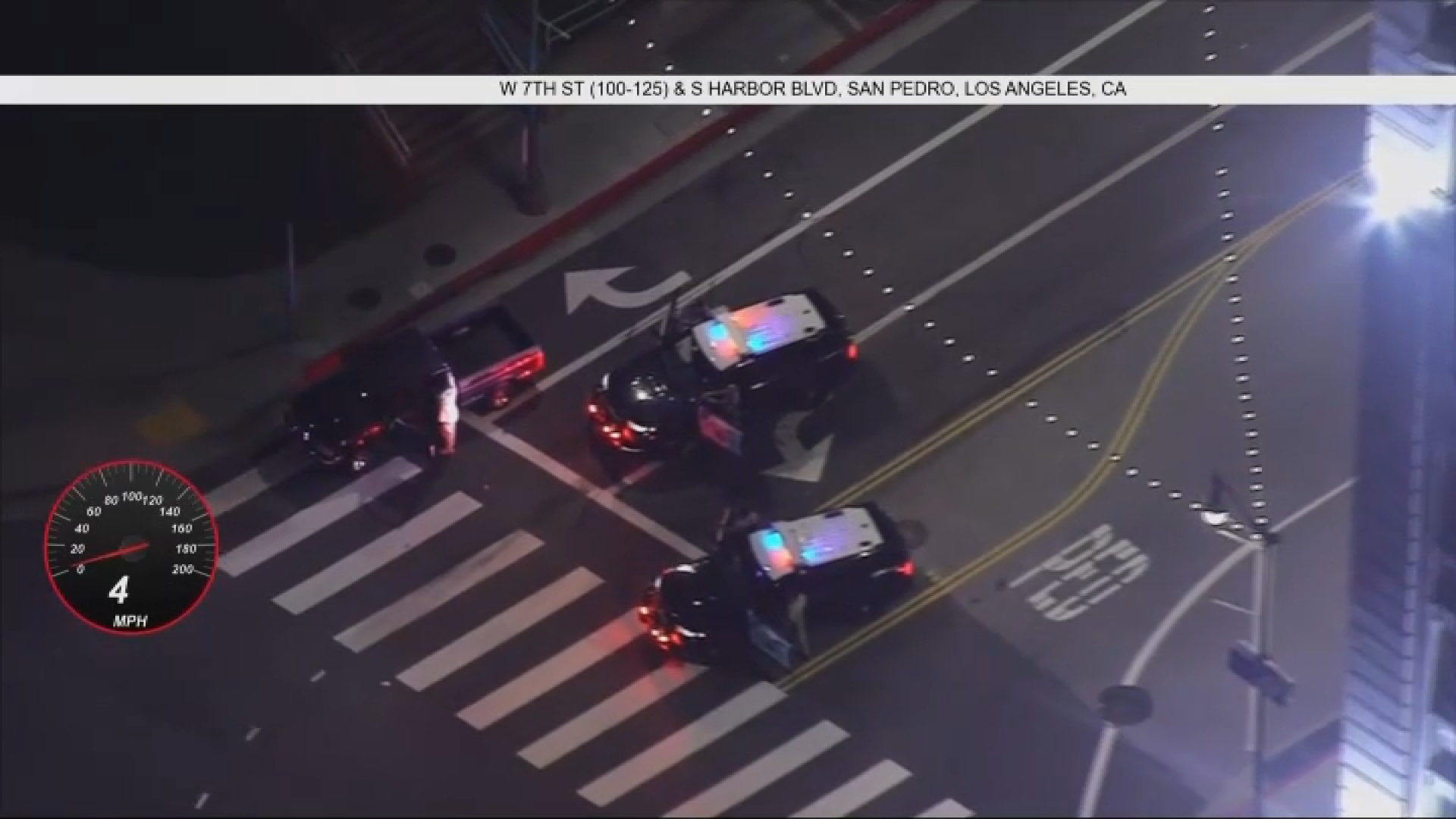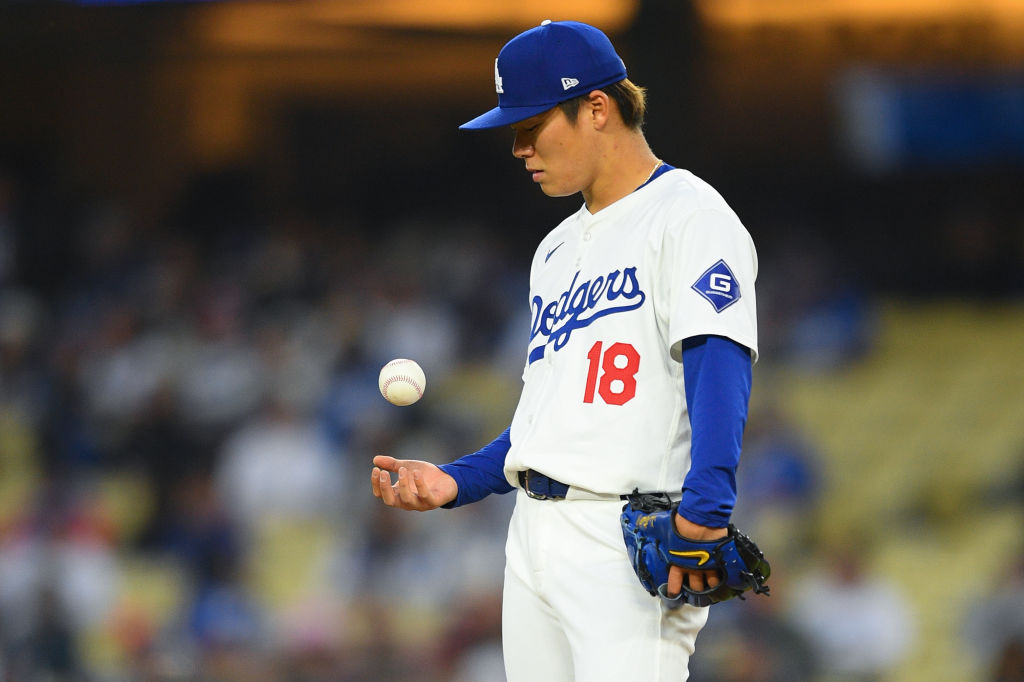Less than two weeks before the Springs Fire ignited alongside the 101 Freeway, crews had done brush clearance in the area, according to CalTrans.
Investigators determined that the fire began in "grass and brush," but were not able to pinpoint what sparked the fire, which quickly raced upslope in an area known as the Conejo Grade. Newsvideo from Thursday morning shows southbound vehicles passing within feet of the flames. Aerial images show charred vegetatation close to the edge of the pavement.
The revelation of the brush clearance was made by Maria Raptis, a public affairs specialist for Caltrans, the California Department of Transportation, which is responsible for the freeway system. How much of a set-back was cleared from the edge of the roadway, Raptis said she did not know. Four to ten feet is standard, she said.
Such disparate causes as auto fires, backfires, overheated pollution control equipment, discarded cigarettes, and deliberate arson have been implicated over the years in wildfires that periodically begin alongside freeeways and highways.
A day after the Springs fire started, two other fires began within feet of freeways. One in San Bernardino county in Redlands started alongside the 10 Freeway and burned upslope. Later Friday, another in Glendale erupted near the interchange of the 134 and 2 freeways.
Firefighters were able to prevent any loss of structures, though the Springs Fire did scorch some buildings and burn several recreational vehicles parked in a storage yard.
Brush clearance is regarded by firefighters as a significant preventive measure for combating wildfires. Many jurisdictions require property owners to clear dried grass and brush within 200 feet of structures. Clearance is also required from the side of roadways, though generally much less. The city of Los Angeles specifies 10 feet.
Local
Get Los Angeles's latest local news on crime, entertainment, weather, schools, COVID, cost of living and more. Here's your go-to source for today's LA news.
Caltrans administers a "vegetation control program," according to Raptis. Especially in urban areas and along other stretches of freeway, Caltrans has installed formal landscaping with fire resistant plants. In other areas with native brush and grass, Caltrans relies on clearance of brush, mowing of grass, and herbicides to kill weed. The use of herbicides is being diminished with the goal of eventual elimination by 2020, Raptis said.
Los Angeles calls for brush removal by the beginning of May, though many property owners and Caltrans do not meet that goal. When a Los Angeles City Fire team checked the interchange of the 5 and 14 freeways in the Newhall Pass, dried grass a foot or more in height was visible at the edge of the pavement.
“You’ve got brush clearance that needs to be done 10 feet from the edge of the roadway on all these freeways,” said Capt. Joe Szabado, as he motioned toward connector roads and the truck bypass.
How 10 feet was chosen as the standard, Capt. Szabado did not know. He acknowledges that is probably not enough clearance to keep a freeway spark from igniting dry brush on a hot day with a Santa Ana wind blowing from the freeway toward the brush, the situation that occurred Thursday on the Conejo Grade.
Should Caltrans consider making roadside clearances greater than ten feet? That might not be practical, Raptis said, offering the example of roadside slopes that rely on roots for erosion control.



